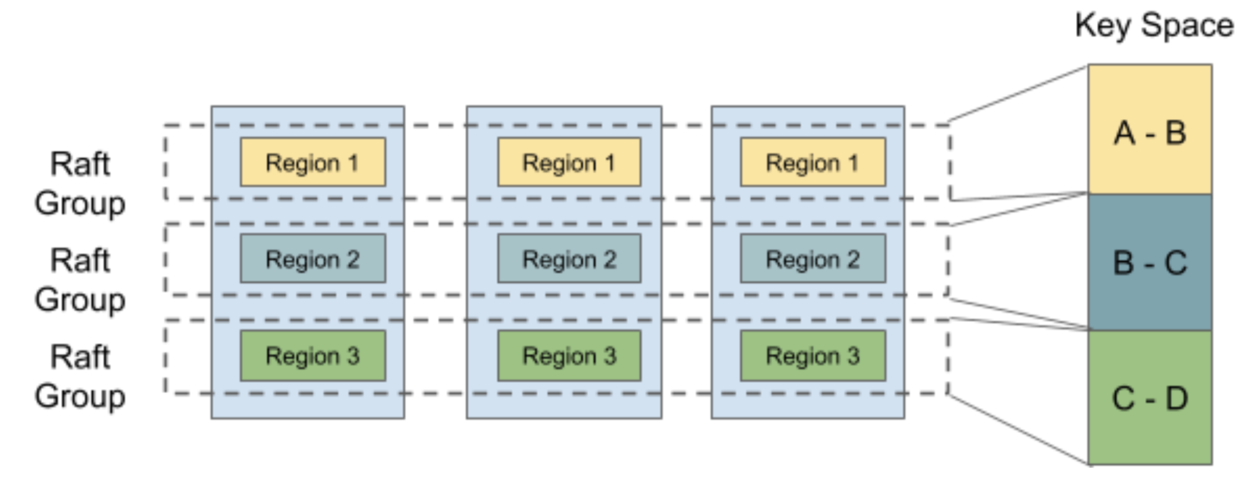A Multi-Raft implementation in Rust language.
- Implements all core Raft features for production use.
- Supports Multi-Raft. Mutliple Raft processes can coexist in a single OS process so they can share resources efficiently.
- Tested with 1000 shards.
- Batched heartbeat optimization is implemented.
- Based on Tonic and efficient gRPC streaming is exploited in log replication and snapshot.
- Phi Accrual Failure Detector is used for leader failure detection. The adaptive algorithm allows you to not choose a fixed timeout number in prior to deployment and makes it possible to deploy Raft node in even geo-distributed environment.
Akira Hayakawa
EMail: [email protected]





